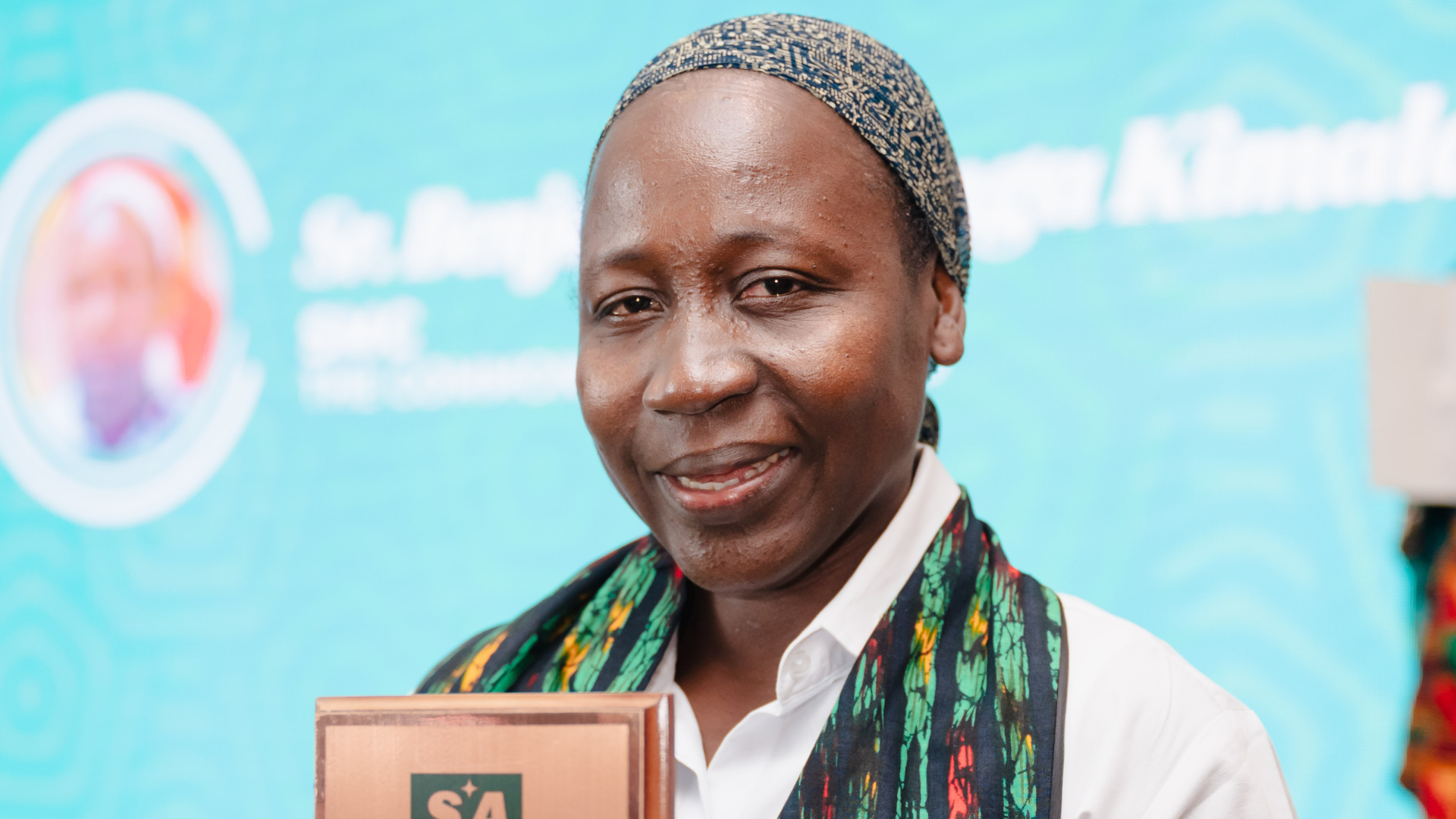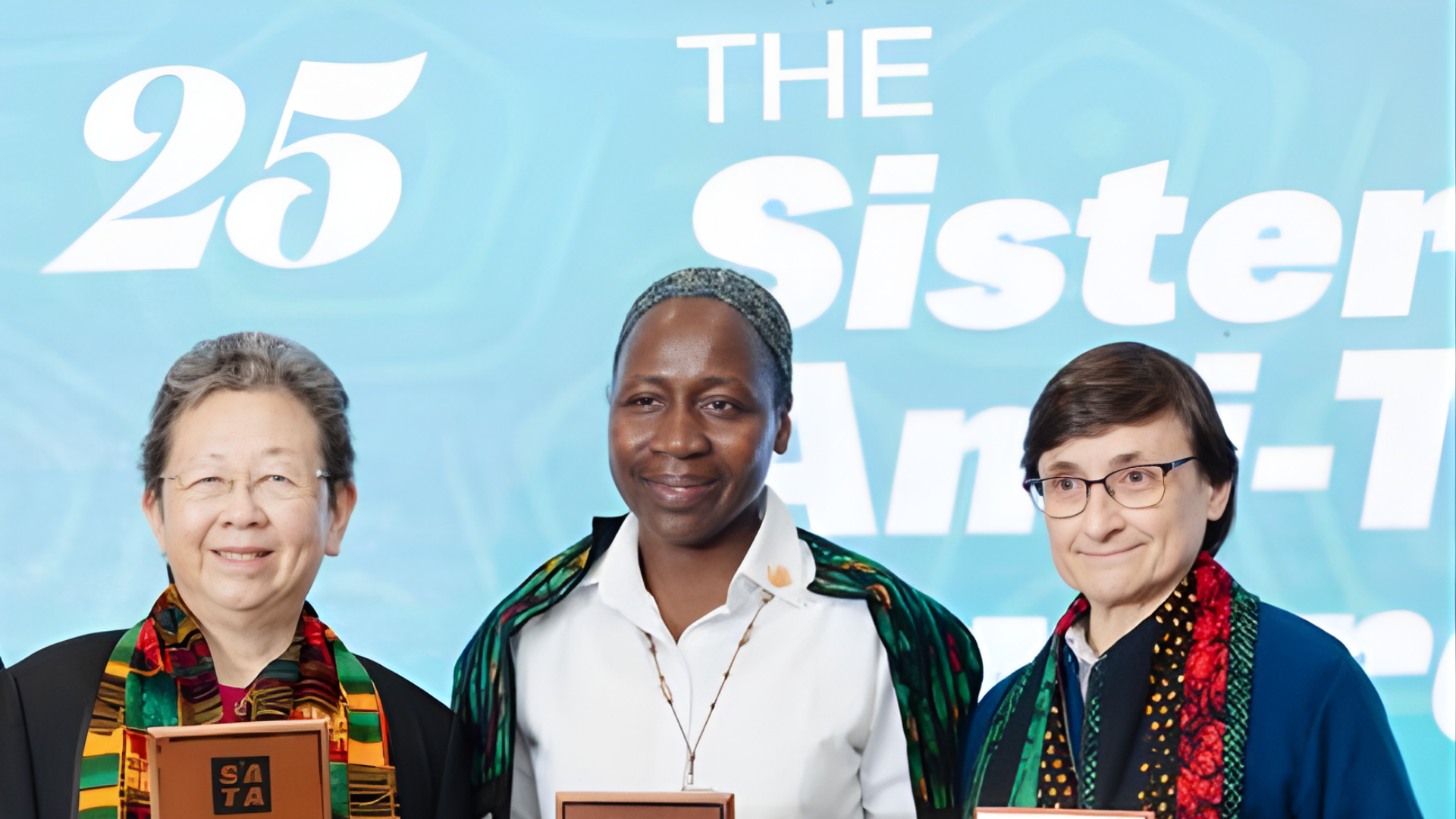
30/07/2024
News
Fighting human trafficking: a commitment to protecting children
Fighting human trafficking: a commitment to protecting children
Human trafficking is a heinous crime that affects millions of people worldwide, with children accounting for a significant proportion of victims. This year, the global campaign for World Anti-Trafficking Day focuses on the theme “Leave no child behind in the fight against human trafficking”.
Protecting children from trafficking requires a global and coordinated commitment. As Pope Francis has stated, “You are ... the joy of humanity and of the Church in which each one is like a link in a very long chain that stretches from the past to the future and covers the whole earth.”
It is our moral and collective duty to act with urgency and determination to ensure that no child is left behind in the fight against human trafficking. Only through a concerted and sustained effort can we hope to put an end to this atrocious crime and guarantee a safe and dignified future for all the world's children.
The efforts of the Catholic Church
The Catholic Church plays a crucial role in the fight against child trafficking. Pope Francis, with his constant call for the protection of children, has inspired numerous initiatives around the world. Catholic organizations are mobilizing to provide direct support to victims and work to prevent trafficking. Religious congregations, through educational programs and awareness campaigns, work to inform communities about the dangers of trafficking and ways to prevent it.
Catholic Care for Children International (CCCI) of the International Union of Superiors General (UISG) is a prime example of the efforts of women's religious congregations. CCCI is a visionary initiative led by Catholic sisters to ensure that every child grows up in a safe and nurturing family environment. It provides resources, organizes training and supports local initiatives to protect vulnerable children and help victims rebuild their lives.
Challenges and strategies for the future
Children make up a significant proportion of trafficking victims worldwide, with girls disproportionately affected. They are subjected to various forms of trafficking, including exploitation through forced labor, crime or begging, trafficking for illegal adoption, enlistment in armed forces, as well as online violence and exploitation and sexual exploitation.
Faced with overlapping crises such as armed conflict, pandemics, economic hardship and environmental challenges, children are increasingly vulnerable. Moreover, the proliferation of online platforms poses additional risks, as children often connect to these sites without adequate safeguards. Traffickers exploit online platforms, social networks and the “dark web” to recruit and exploit children, using technology to evade detection, reach a wider audience and disseminate abusive content.
To combat this scourge effectively, concerted efforts are needed at both national and international level. States must prioritize child protection, strengthen legislation, improve law enforcement and allocate more resources to the fight against child trafficking. Prevention efforts must target root causes, such as poverty and inequality, in order to reduce children's vulnerability. Particular attention must be paid to the trafficking of children on the move.
Strengthening child protection systems and implementing child-friendly judicial mechanisms are essential to support victims and hold perpetrators to account. Combating online child exploitation requires innovative strategies, collaboration between technology companies and law enforcement, and strong legal frameworks.
On this 10th World Day Against Human Trafficking, it is crucial to address the gaps and accelerate action to end human trafficking
#EndHumanTrafficking
Related News
 News
Thursday 18 December 2025
Sata Award's 2025: The Human Dignity Awardee - Sr. Martha Pelloni
Read
News
Thursday 18 December 2025
Sata Award's 2025: The Human Dignity Awardee - Sr. Martha Pelloni
Read
 News
Thursday 11 December 2025
Sata Award's 2025: Servant Leadership Award - Sr. Margaret
Read
News
Thursday 11 December 2025
Sata Award's 2025: Servant Leadership Award - Sr. Margaret
Read
 News
Thursday 04 December 2025
Sata Awards 2025: Common Good Award - Sr. Benjamine Nanga Kimala
Read
News
Thursday 04 December 2025
Sata Awards 2025: Common Good Award - Sr. Benjamine Nanga Kimala
Read
 News
Wednesday 26 November 2025
Three Catholic Sisters Honoured at the 2025 SATAs in Lusaka for Global Leadership Against Human Trafficking
Read
News
Wednesday 26 November 2025
Three Catholic Sisters Honoured at the 2025 SATAs in Lusaka for Global Leadership Against Human Trafficking
Read
Related Projects and Commissions



03/12/2025
Sr Ann Howard
Children need family and access to education. Thank you for your good works on the safety and flourishing of children across the globe, today.